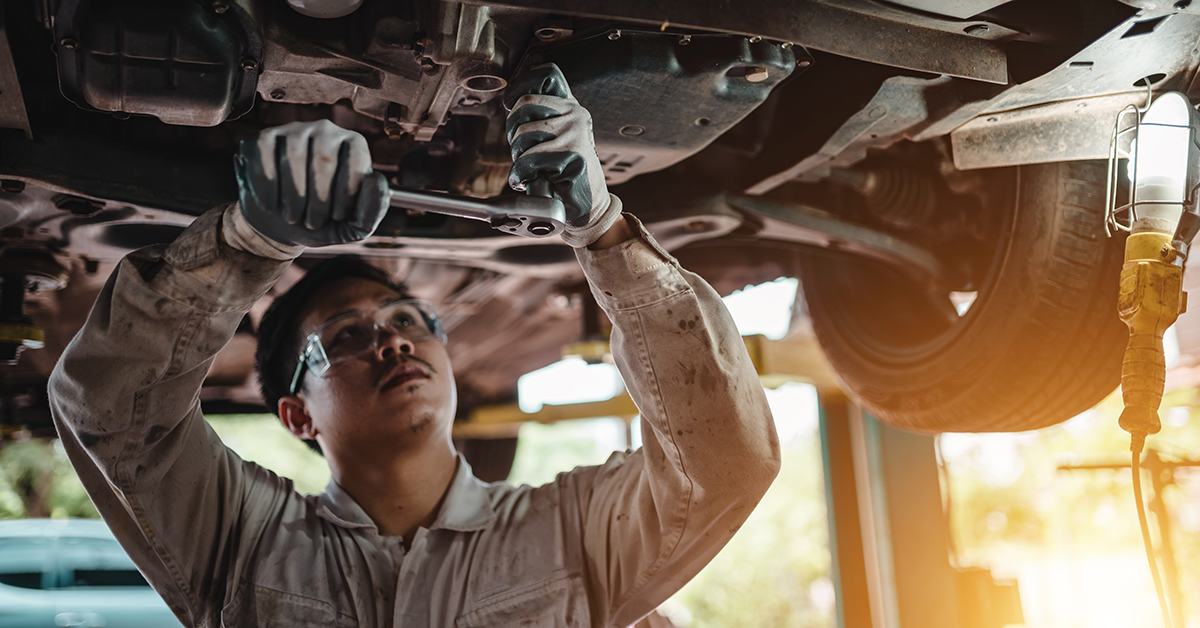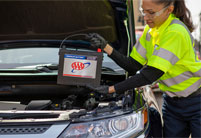Keep Your Car in Tip-Top Shape
Keep Your Car in Tip-Top Shape

October is Car Care Month at AAA, which serves as a great reminder to address your vehicle's maintenance before the winter weather hits. Performing regular automotive maintenance can ensure more efficient operation and help prevent costly repairs down the road. Below are general checks to keep your vehicle in good operating shape.
Read your owner’s manual for more detailed information on your vehicle’s specific requirements. When performing “do-it-yourself” maintenance, always take appropriate safety precautions.
- Air Filter — The engine air filter captures dirt particles and ensures clean airflow to the engine. Inspect at every oil change.
- Battery — The vehicle’s battery powers the starter motor, acts as a voltage stabilizer for the electrical system and makes up any shortfall when the alternator cannot meet the vehicle’s electrical demands. Inspect the battery cable connections at every oil change and clean as needed. Always wear eye protection and gloves when servicing a battery.
- Belts — Most vehicles use a single serpentine belt to operate under-hood accessories such as the alternator, although V-belts still are used in some applications. Inspect at every oil change.
- Gasoline — Use gasoline with the octane rating recommended by the vehicle manufacturer — a higher fuel grade will not provide additional benefits. Gasolines that meet TOP TIERTM* standards do a better job of preventing and removing internal engine deposits.
- Hoses — A vehicle’s hoses circulate vital liquids such as engine coolant, transmission fluid and power steering fluid. Inspect at every oil change.
- Tires — As the only part of your vehicle in contact with the road, tires have a major effect on ride, handling, braking and safety. For optimum performance, tires must have adequate tread depth, show no signs of physical damage and be properly inflated. Inspect tires and check inflation pressures at least once a month.
Fluids
- Brake Fluid — Critical to proper brake system performance. Check the level at every oil change.
- Engine Coolant — Prevents engine freeze-up in winter and boil-over in summer and protects the cooling system from rust and corrosion. Check the level at every oil change.
- Engine Oil — Lubricates and cools the engine while cleaning internal parts. Running your car low on oil can cause serious engine damage. Check the level at least once a month.
- Power Steering Fluid — Transfers hydraulic pressure to reduce steering effort. Check the level at every oil change.
- Transmission Fluid — Helps transfer engine power to the wheels, lubricates internal parts, maintains seals and acts as a coolant. Check the level at every oil change.
Looking for a reliable mechanic? Visit the AAA Approved Auto Repair Facility Locator website to find a trustworthy mechanic in your area!












